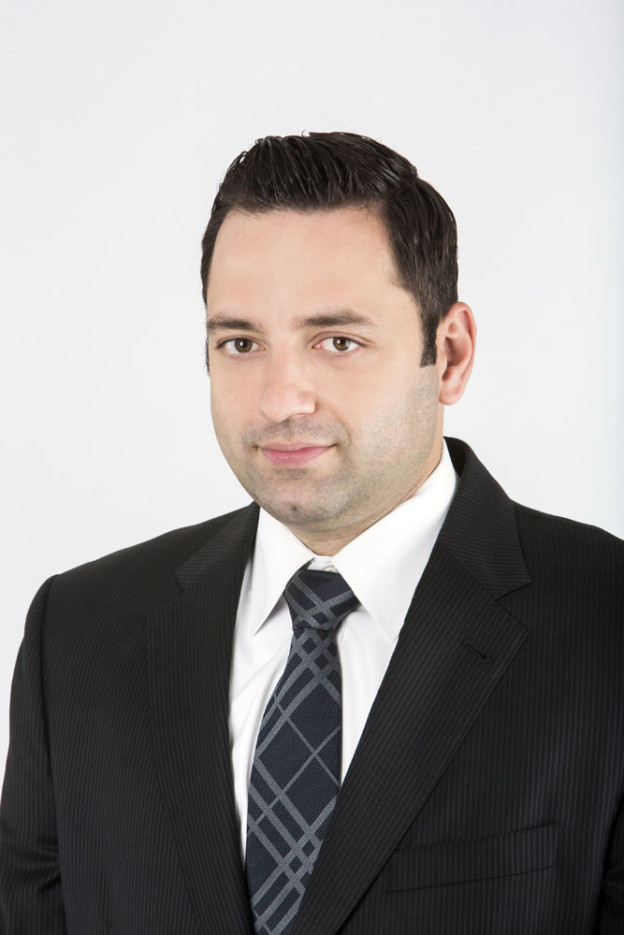-
Favored Drivers at Intersections
on June 25, 2014
on June 25, 2014Sometimes it is hard to tell who is at fault in a car accident, especially if the crash happens at an intersection. Accidents occur at numerous places, including intersections of streets, driveways, alleys, and parking garages. Each of these collisions involves a system of rules to determine who is the “favored driver” at the intersection when the crash occurred. The favored driver generally is the dri
ver who had the legal right of way. In some circumstances, however, the favored driver must yield to a non-favored motorist, and may be found to have been comparatively at fault if he or she fails to do so.

A favored driver with the right of way is entitled to assume a disfavored driver will yield the right of way. The law imposes the primary duty on the disfavored driver to avoid an intersection collision. But even a favored driver cannot simply ignore the other cars on the road and disregard other drivers. The favored driver cannot act recklessly – the favored driver must exercise reasonable care at all times, including the duty to look out for approaching traffic.
Once it becomes apparent that the disfavored driver will not yield the right of way, the favored driver has a reasonable time to react to the disfavored driver’s actions. There are some general rules for certain types of intersections:
- When two vehicles approach or enter an intersection from different highways at approximately the same time, the driver of the car on the right is favored, and the driver of the car on the left must yield the right of way. If, however, the driver is on the left, she is the favored driver if she is enters the intersection first.
- Drivers approaching a stop sign must stop and yield the right of way to any vehicle in the intersection or approaching on another roadway so closely as to constitute an immediate hazard. Those vehicles on the road protected by a stop sign have the right of way and can assume other drivers will stop at the stop sign and yield.
- Generally, turning cars will not have the right of way. Drivers turning left must yield the right of way to any vehicles in an intersection, or in close enough proximity to constitute an immediate hazard.
- Drivers entering or crossing a street from a private road or driveway are disfavored and are required to yield the right of way to all vehicles approaching.
- In addition, drivers emerging from an alley, driveway or building must stop prior to driving onto the sidewalk and yield to any pedestrians.
With these general principles in mind, and because the favored driver will usually have the right of way, the analysis of any intersection crash starts with an analysis of who was the favored driver. Our skilled attorneys can help determine who was at fault and help you recover for your accident.
At Slater, Tenaglia, Fritz & Hunt we take your injury seriously. We are aggressive in pursuing the full and fair compensation you deserve from the negligent party that caused your accident. To schedule your complimentary initial consultation, contact us by phone at (201) 820-6001 in New Jersey or (212) 692-0200 in New York. We can also be found on Facebook, LinkedIn, Twitter, Google+, Youtube and on the Internet. All personal injury cases are handled on a contingency fee basis, which means you do not pay our fees unless we recover for you. Contact us today!


